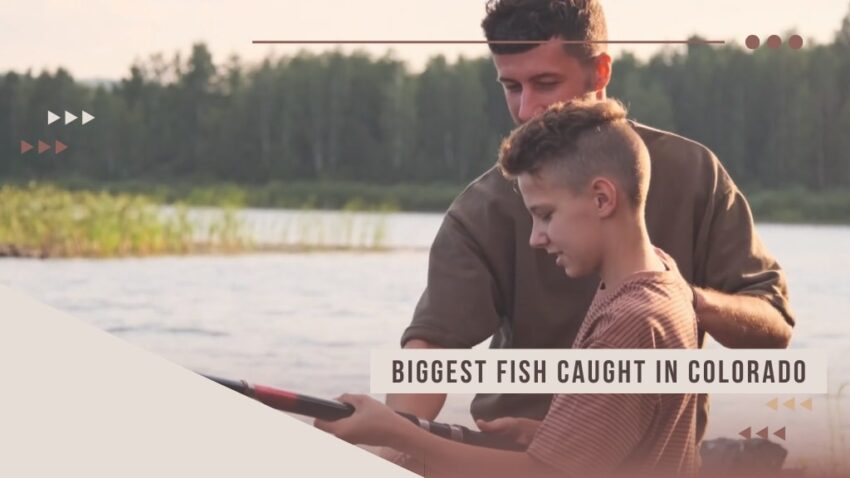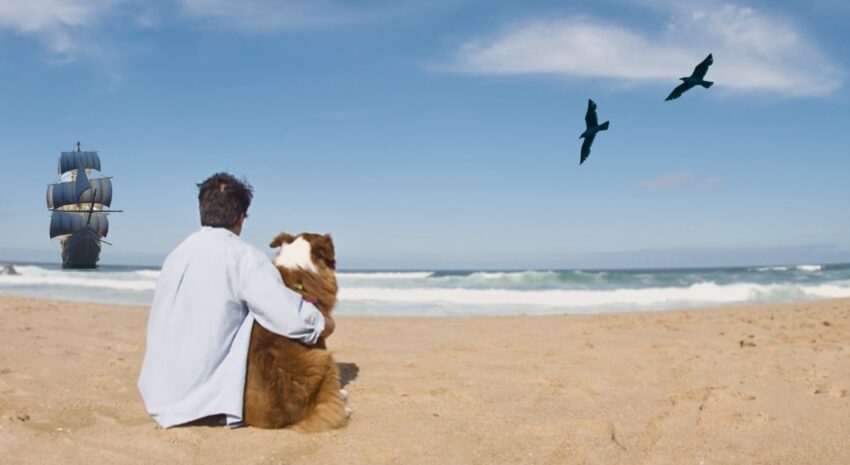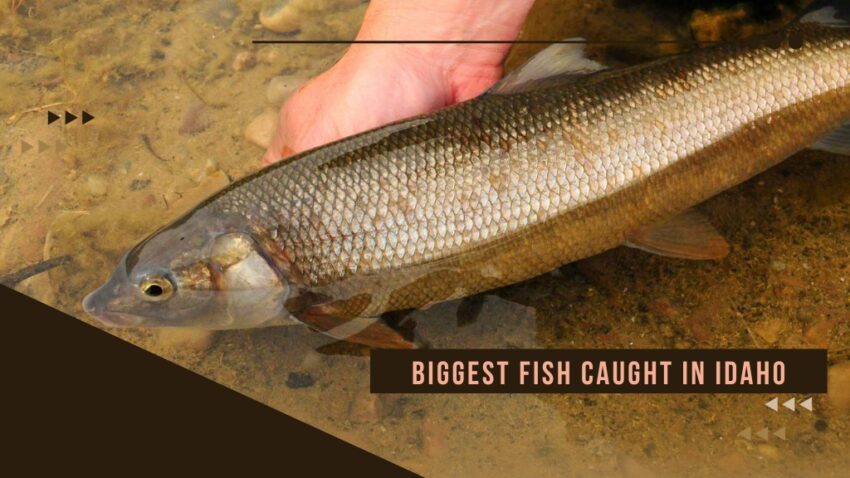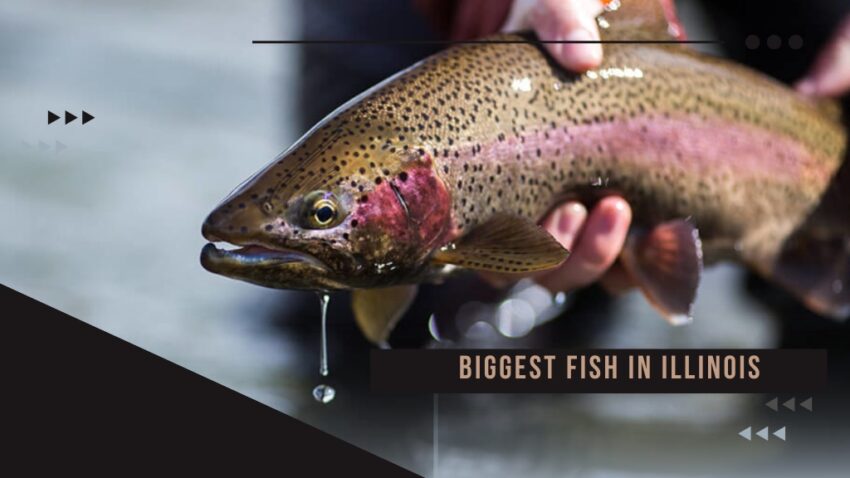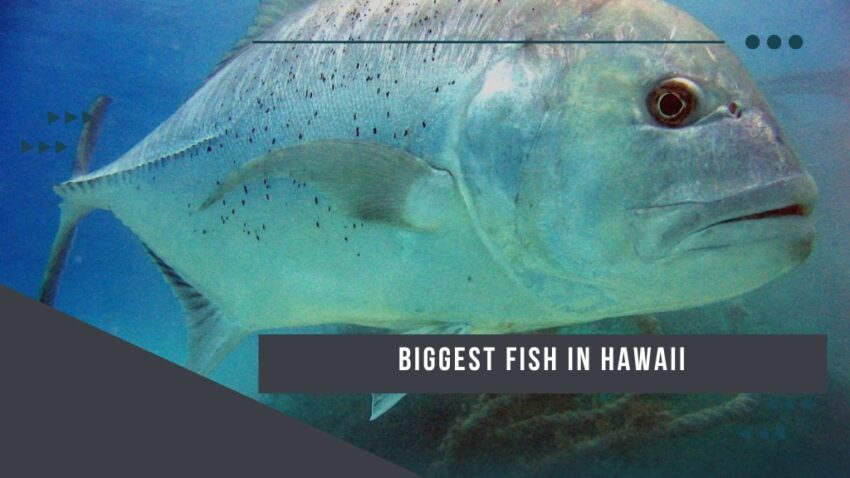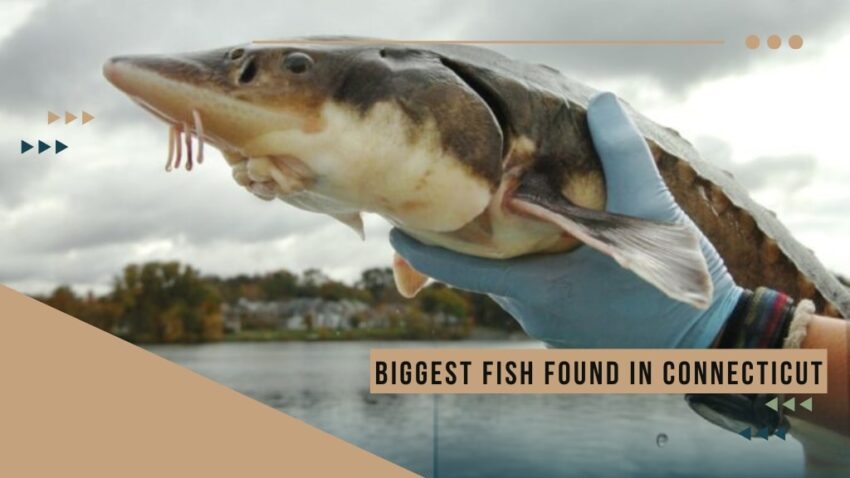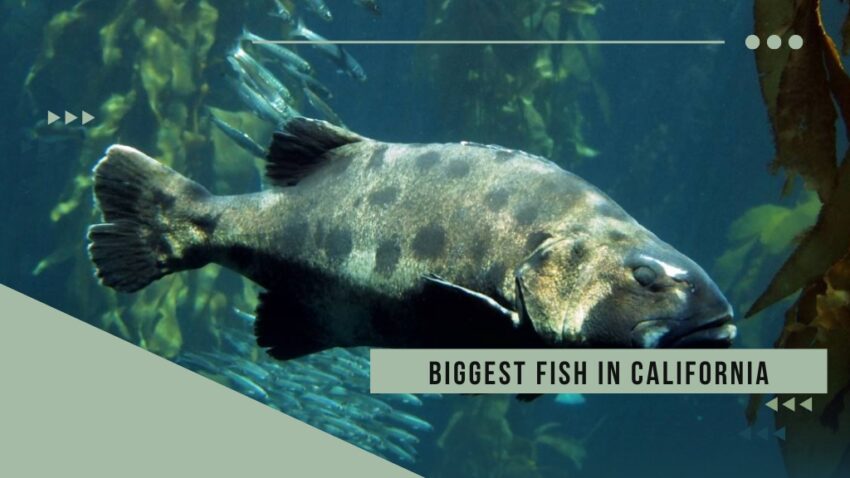Colorado, a state renowned for its stunning mountains and picturesque landscapes, is also a haven for some of the most remarkable fish species in the United States. Anglers worldwide are drawn to Colorado’s lakes and rivers, each hoping to reel in a record-breaking catch.
This article delves deeper into the tales of the biggest fish ever caught in Colorado, offering valuable insights into these aquatic titans. So, let’s dive right into it!
The Record-Breaking Lake Trout
In the heart of Gunnison, Colorado, lies the Blue Mesa Reservoir, a popular destination for anglers. It was here that Scott Enloe and his son embarked on a fishing expedition that would go down in history.
Beyond its appeal to anglers, the Blue Mesa Reservoir is also a gateway to the broader outdoor adventures Colorado offers, including some of the most spectacular camping experiences in the Rocky Mountains.
Using a depth finder, they spotted two large fish beneath the surface. One of these turned out to be a massive lake trout, unlike anything they had ever seen.
The fish, a stunning mix of purple, teal, and black, put up a significant fight before it was finally reeled in. The trout weighed an astonishing 73.29 pounds and was nearly four feet long, surpassing the state record of 50.5 pounds. However, despite its size, this fish may not officially enter the record books.
According to the International Game Fish Association (IGFA), to qualify for a world record, the fish must be killed. Enloe, committed to conservation, chose to release the trout back into the water, potentially forfeiting his chance at the world record. This story serves as a powerful reminder of the importance of conservation in fishing practices.
The Giant Brook Trout
Another remarkable story comes from Lake City, where local angler Matt Smiley made a record-breaking catch. Smiley reeled in an 8.9-pound brook trout from Waterdog Lake, located in the Uncompahgre National Forest. The fish, measuring 26.25 inches in length with a girth of 16 inches, broke the state’s brook trout record for the third time in 2022.
The previous record had stood for 75 years. This record-breaking catch underscores the potential for unexpected surprises in Colorado’s waters.
The Variety of Colorado’s Aquatic Ecosystem
Colorado’s waters are teeming with a variety of fish species, many of which can grow to impressive sizes. The Colorado Pikeminnow, for instance, can grow up to five feet in length and weigh over 80 pounds.
The Northern Pike, known for its sharp teeth, can grow up to four feet long and weigh over 30 pounds.
The Channel Catfish can grow over three feet long and weigh up to 50 pounds. Each of these species contributes to Colorado’s rich and diverse aquatic ecosystem.
| Species | Maximum Length | Maximum Weight | Fun Fact |
|---|---|---|---|
| Colorado Pikeminnow | 5 feet | 80 pounds | The Colorado Pikeminnow is the largest minnow species in North America and is unique to the Colorado River system. |
| Northern Pike | 4 feet | 30 pounds | The Northern Pike is known for its aggressive behavior and is often referred to as the “water wolf”. |
| Channel Catfish | 3 feet | 50 pounds | The Channel Catfish has taste buds all over its body, which it uses to find food in murky waters. |
Conservation: The Key to Future Records
While these stories of record-breaking catches are exciting, they also highlight the importance of conservation. Both Enloe and Smiley chose to release their catches, demonstrating a commitment to preserving Colorado’s aquatic life.
Efforts are underway to mitigate the challenges of habitat degradation, pollution, climate change, and overfishing. By understanding and safeguarding their habitats, we can ensure the survival of these aquatic wonders for generations to come.
The Role of Anglers in Conservation
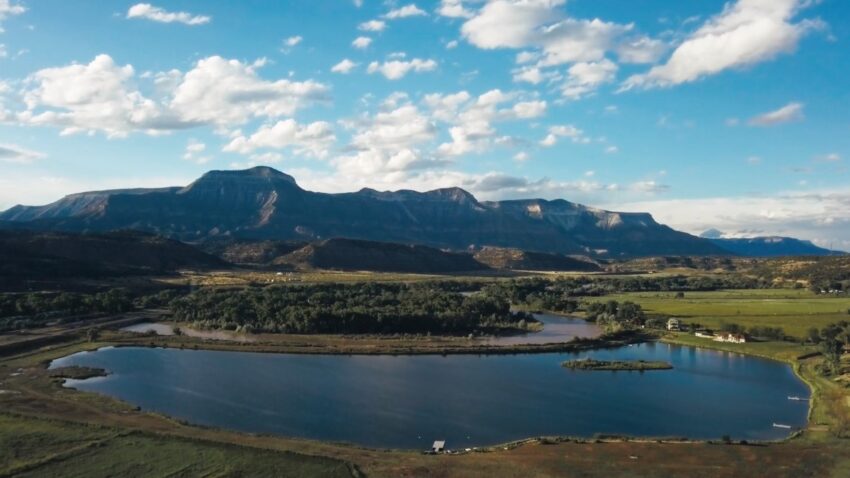
Anglers play a crucial role in the conservation of fish species. Their commitment to catch-and-release practices, adherence to fishing regulations, and active participation in conservation initiatives contribute significantly to the preservation of aquatic ecosystems.
Anglers like Enloe and Smiley, who chose to release their record-breaking catches, exemplify the ethos of responsible fishing. Catch-and-release practices ensure that fish populations are maintained, allowing other anglers the opportunity to enjoy the thrill of the catch.
Moreover, these practices contribute to the sustainability of the species, ensuring that future generations can also experience the joy of fishing.
The Future of Fishing in Colorado
The future of fishing in Colorado looks promising, thanks to the combined efforts of anglers, conservationists, and fisheries managers. Ongoing research and monitoring programs are providing valuable data on fish populations and habitats, informing management decisions and conservation strategies.
Innovative technologies, such as electronic tagging and remote sensing, are enhancing our understanding of fish behavior and movement patterns. These insights are helping to improve fish management and conservation efforts.
Education and outreach programs are also playing a vital role in promoting responsible fishing practices and raising awareness about the importance of aquatic conservation. These programs are inspiring a new generation of anglers and conservationists, ensuring the future of fishing in Colorado.
As we look to the future, it is clear that the biggest fish in Colorado are more than just record-breaking catches. They are symbols of a thriving aquatic ecosystem, a testament to the success of conservation efforts, and a source of inspiration for anglers and conservationists alike.
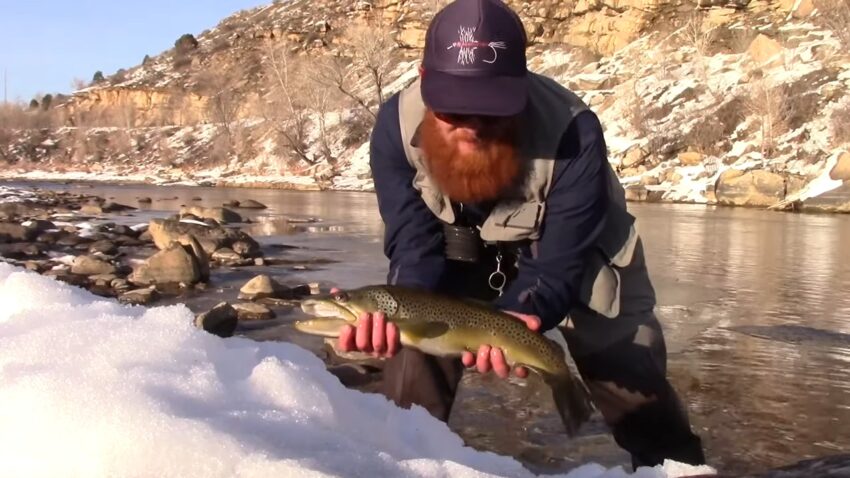
Conclusion
The tales of the biggest fish in Colorado are not just about record-breaking catches; they are narratives of the state’s rich aquatic life. From the massive Lake Trout to the aggressive Northern Pike, each species adds to the allure of Colorado’s waters. As we celebrate these aquatic giants, let’s also remember our role in their conservation.
As we look to the future, it is clear that the sustainability of fishing in Colorado depends on our actions today. By practicing responsible fishing and supporting conservation initiatives, we can ensure that these stories continue to inspire future generations.
Related Posts:
- Into the Wild: A Closer Look at the Venomous Snakes…
- The Biggest Fish in Florida: A Deep Dive into the…
- The Biggest Fish Caught in Idaho in 2024: Exploring…
- Slithering Wonders: Unraveling the Mysteries of…
- Biggest Fish in Hawaii: Fish Species in the Aloha State
- Biggest Fish Caught in Arizona: Casting for Giants

